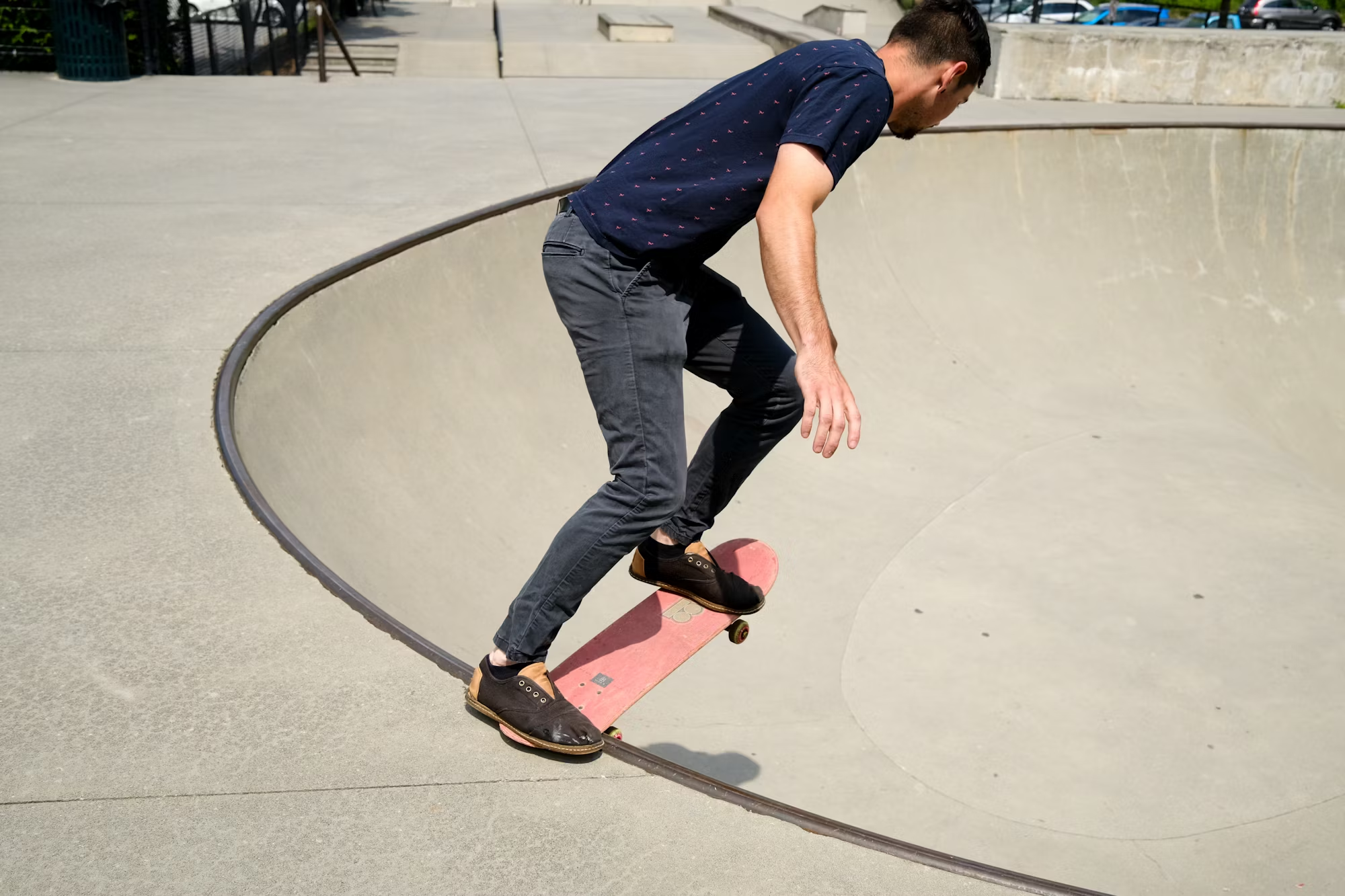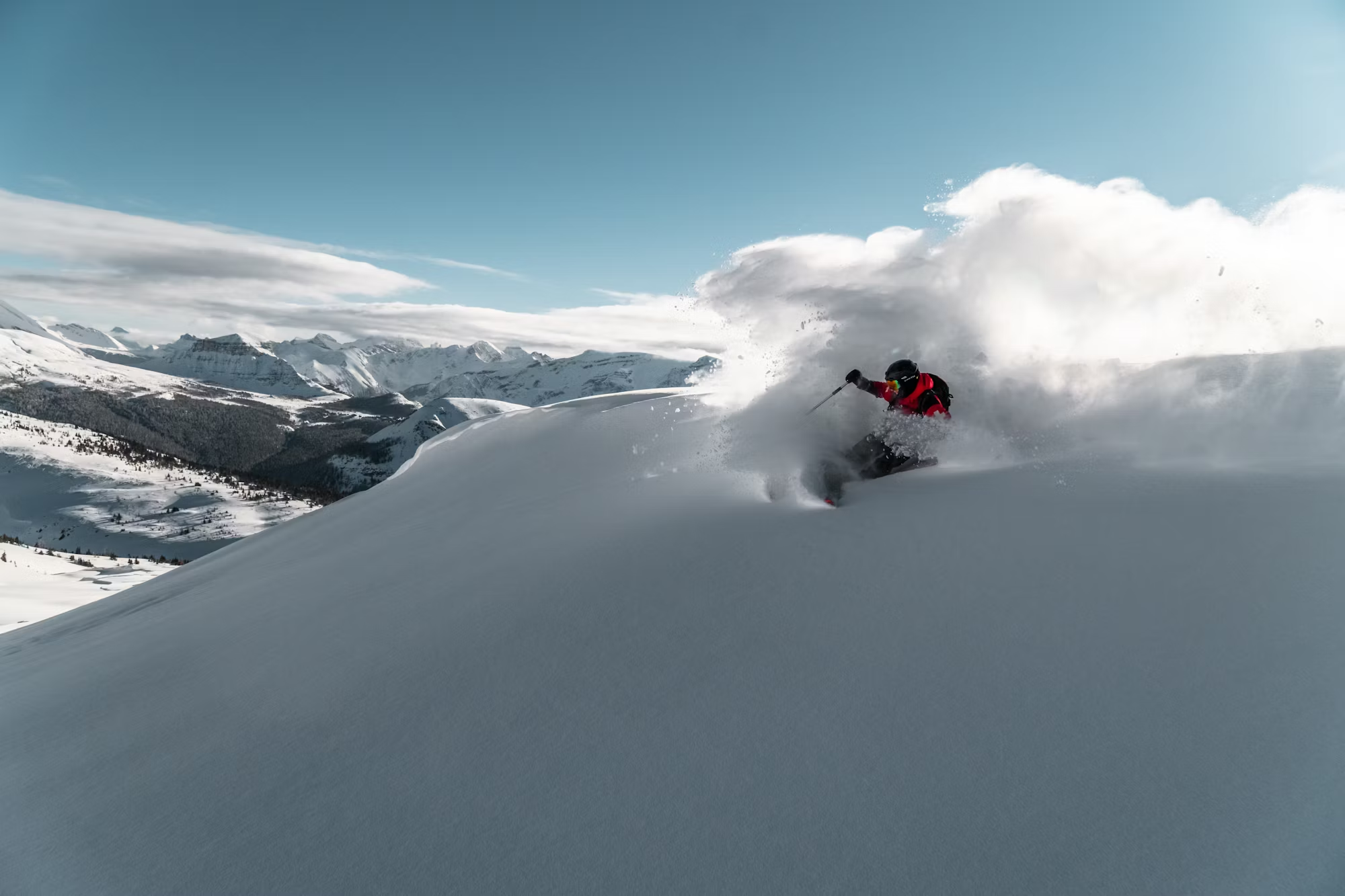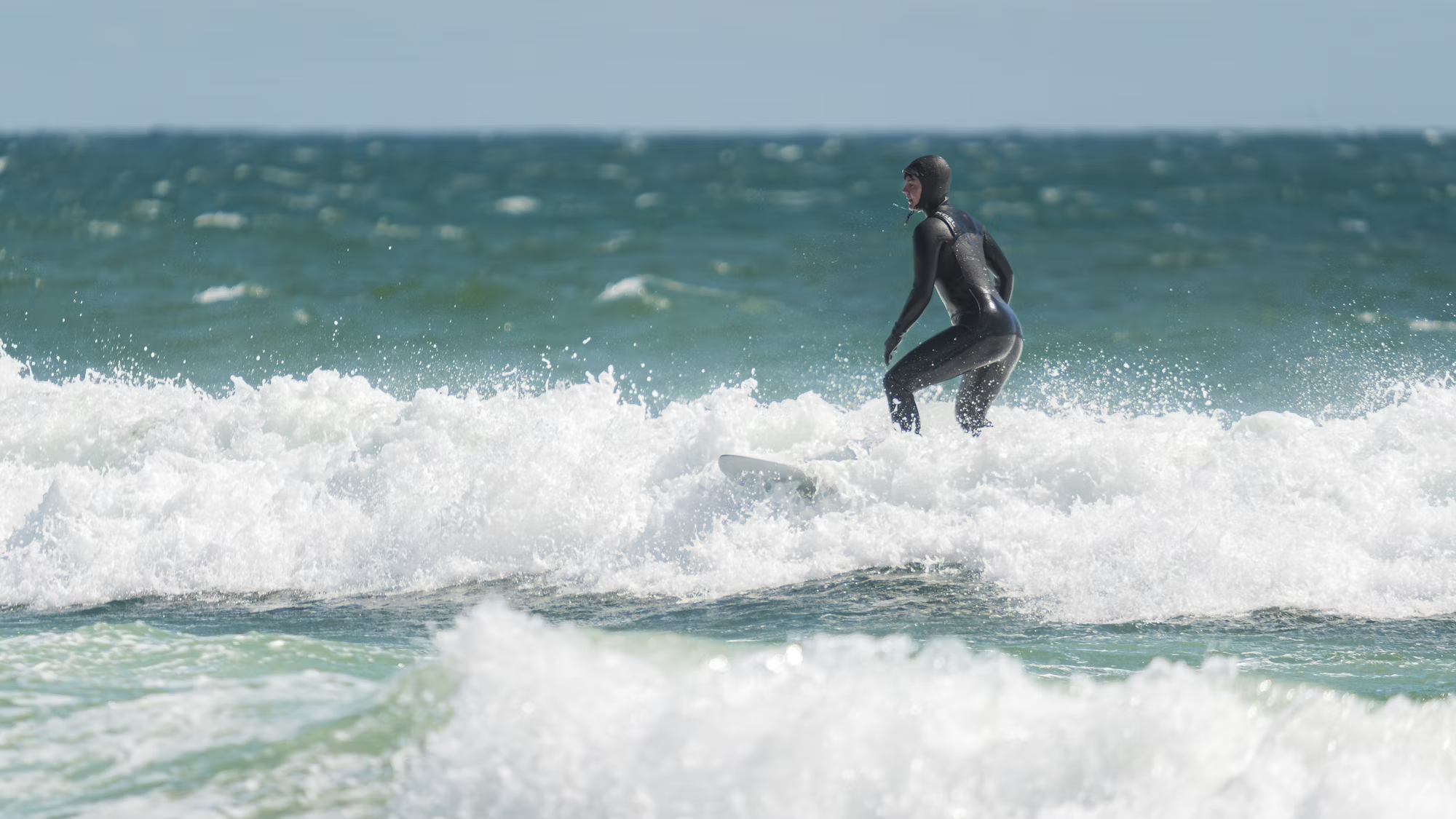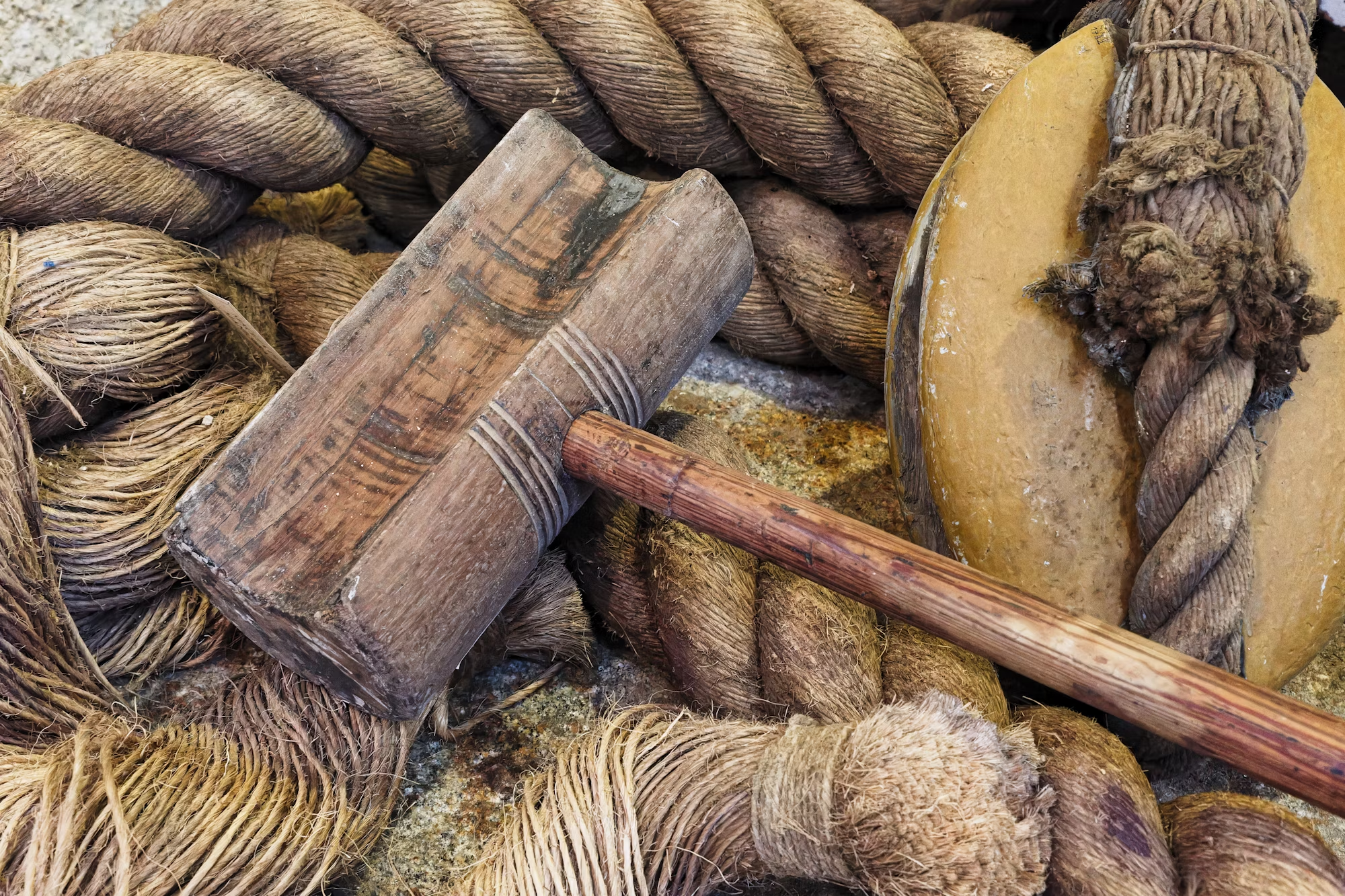Skateboarding has come a long way since its humble beginnings in the 1950s. What started as a simple pastime for surfers looking to ride the pavement has evolved into a multifaceted sport with a vibrant culture and diverse styles. The evolution of skateboarding reflects changes in technology, society, and artistic expression, making it a fascinating subject for both enthusiasts and newcomers alike. This article explores the history of skateboarding, the different styles that have emerged, and the community that binds skaters together.
The roots of skateboarding can be traced back to California, where surfers began to adapt their surfing skills to land. These early skateboarders, often referred to as “sidewalk surfers,” used wooden boards with roller skate wheels attached, creating a rudimentary form of the sport. As the popularity of skateboarding grew, manufacturers began producing more specialized boards designed for different riding styles. The 1970s marked a pivotal moment in skateboarding history, with the introduction of urethane wheels that provided better grip and smoother rides, revolutionizing the sport.
As skateboarding gained momentum, various styles began to emerge. Street skateboarding, for instance, became a prominent form of expression during the late 1970s and early 1980s. This style emphasizes creativity and adaptability, as skaters utilize urban environments—curbs, stairs, handrails, and other obstacles—as their playground. Street skating not only showcases technical skill but also allows riders to demonstrate their personal style and connection to their surroundings. The culture surrounding street skating fosters a sense of community, as skaters often gather to share tips, tricks, and encouragement, reinforcing the idea that skateboarding is as much about camaraderie as it is about individual prowess.
The rise of skate parks in the 1980s further contributed to the evolution of skateboarding culture. These dedicated spaces provided skaters with an opportunity to practice and hone their skills in a controlled environment. Skate parks often feature ramps, bowls, and various obstacles, allowing riders to experiment with different tricks and techniques. The social aspect of skate parks is undeniable; they serve as hubs where skaters of all ages and backgrounds come together to share their passion for the sport. Competitions held in these parks showcase the incredible talent of skaters while fostering a sense of belonging within the community.
Vert skateboarding emerged as another significant style during the 1980s, characterized by riding in halfpipes and on vertical ramps. This discipline emphasizes aerial tricks and spins, requiring skaters to master the art of height and speed. The thrill of soaring through the air and executing gravity-defying maneuvers attracts a dedicated following, who find joy in pushing their limits. The competitive nature of vert skating has led to the organization of numerous events, where skaters showcase their skills and creativity in front of enthusiastic crowds. These competitions not only highlight individual talent but also serve to unite the skateboarding community in celebration of their shared passion.
Bowl and pool skating represents yet another dimension of skateboarding culture. Originating in the 1970s, this style focuses on carving and riding in large, bowl-shaped structures or empty swimming pools. The fluidity of bowl skating allows riders to connect with the space, creating a rhythmic dance as they navigate the curves and transitions. The artistry involved in bowl skating is captivating, with skaters executing tricks that harmonize with the contours of the bowl. The communal atmosphere in bowl skating often leads to a sense of celebration, as skaters cheer each other on, fostering an environment of support and encouragement.
Freestyle skateboarding, on the other hand, emphasizes technical tricks performed on flat surfaces. This discipline allows skaters to showcase their balance, coordination, and creativity through intricate routines. Tricks can range from simple spins to complex sequences involving footwork and board manipulation. The focus on individuality in freestyle skating encourages skaters to express themselves and develop signature moves that reflect their personalities. Competitions in freestyle skateboarding celebrate this creativity, inviting participants to showcase their personal flair and originality. The supportive atmosphere within the freestyle community nurtures innovation, pushing skaters to refine their techniques and explore new ideas.
Longboarding introduces a different approach to skateboarding, focusing on leisurely rides and transportation rather than tricks. Longboards are designed for cruising and carving, offering stability at higher speeds. This style emphasizes the joy of movement, encouraging riders to connect with their surroundings as they glide through neighborhoods or along scenic routes. The longboarding community thrives on a shared appreciation for the sport, with skaters organizing group rides and events to celebrate their passion for cruising. The sense of freedom experienced while longboarding fosters a deep connection between riders and their environment, making it a beloved aspect of skate culture.
Downhill longboarding presents an exhilarating challenge, as riders navigate steep hills at impressive speeds. This discipline requires skill, awareness, and quick reflexes, as skaters must anticipate changes in terrain and make split-second decisions. The thrill of downhill riding attracts adrenaline seekers, offering an unparalleled rush while testing their abilities. Longboarding events often bring riders together, creating a strong sense of community as they share their experiences and encourage one another to embrace the thrill of speed.
Slalom skateboarding introduces a competitive edge to the sport, focusing on navigating courses filled with cones and obstacles. This discipline emphasizes precision, agility, and quick reflexes, as skaters weave through tightly spaced cones while maintaining speed. Slalom racing showcases technical skills and allows participants to master their boards to execute sharp turns. The excitement of competition fosters camaraderie among participants, with skaters exchanging techniques and strategies to enhance their performance. This sense of community reinforces the idea that skateboarding is not just an individual pursuit but a collective experience shared among enthusiasts.
As skateboarding continues to evolve, off-road or all-terrain skateboarding, often referred to as mountain boarding, offers a unique opportunity to explore the great outdoors. This discipline involves specialized boards with larger wheels, designed to tackle rough terrains like dirt trails and grassy hills. The thrill of off-road skateboarding combines the excitement of riding with the beauty of nature, inviting skaters to embrace new environments and challenges. The community surrounding mountain boarding thrives on shared adventures, with skaters seeking out new trails and pushing their limits while supporting one another in their endeavors.
Crossover styles have also emerged, blending elements from different disciplines and inviting skaters to experiment and innovate. This fusion showcases the versatility of skaters as they adapt their techniques to fit various environments. The blending of street and park elements highlights the creativity inherent in skateboarding, where each rider brings their personal flair to the sport. This innovative approach contributes to the ever-changing landscape of skateboarding, allowing the culture to flourish and grow.
In conclusion, skateboarding is a dynamic and evolving sport that embodies creativity, community, and culture. Each style offers unique opportunities for self-expression and connection, inviting individuals to explore their passions and share their love for the sport. From the streets to the ramps, skateboarding fosters a sense of belonging among participants, creating lasting friendships and memories. As the skateboarding community continues to grow and adapt, the essence of movement, artistry, and camaraderie remains at its core, ensuring that the culture will thrive for generations to come.





